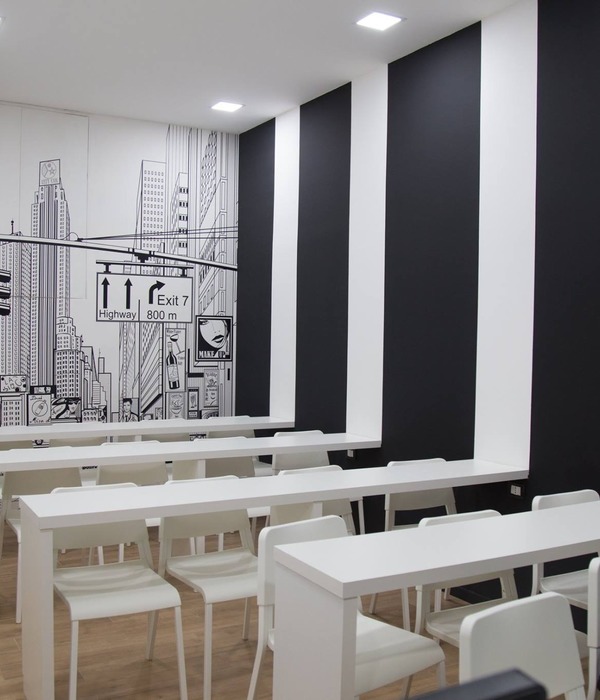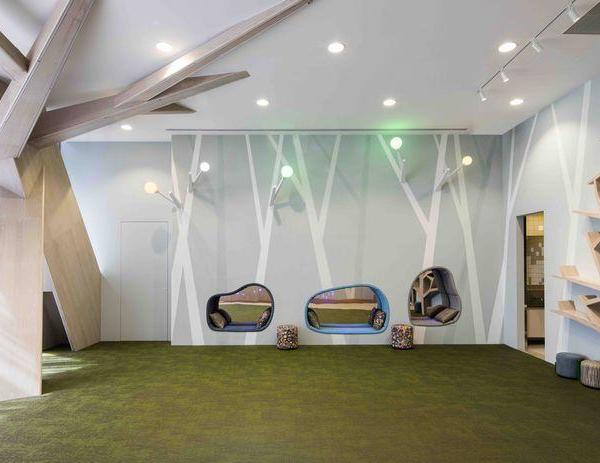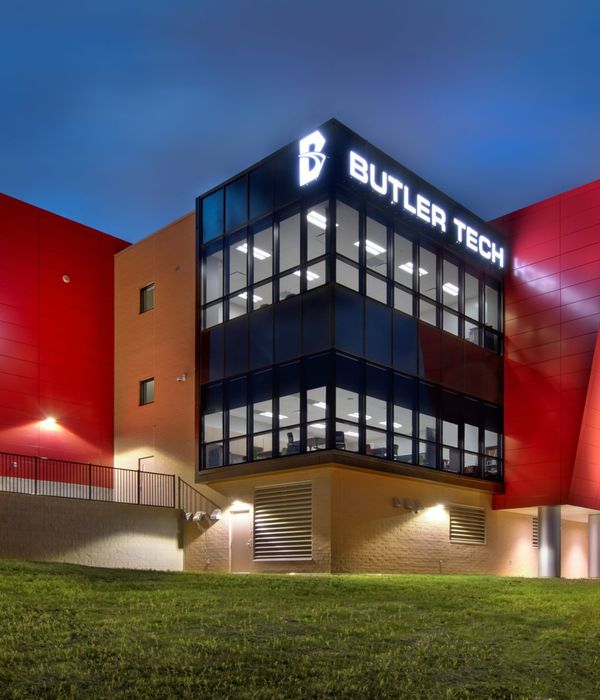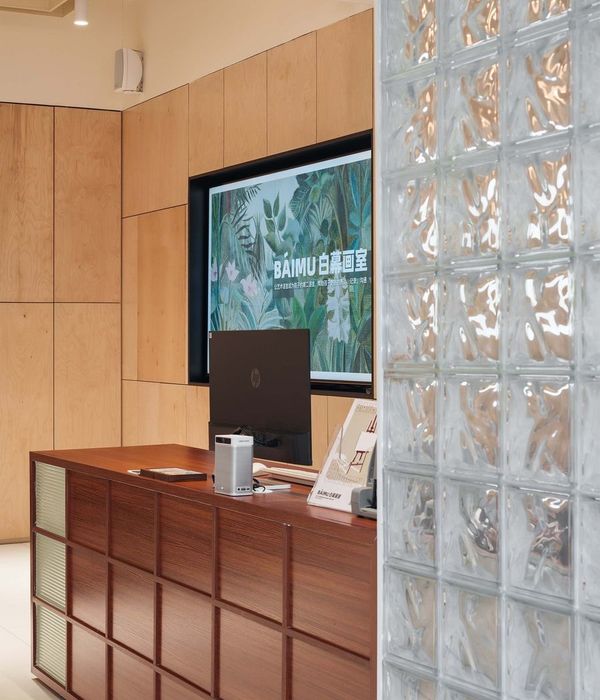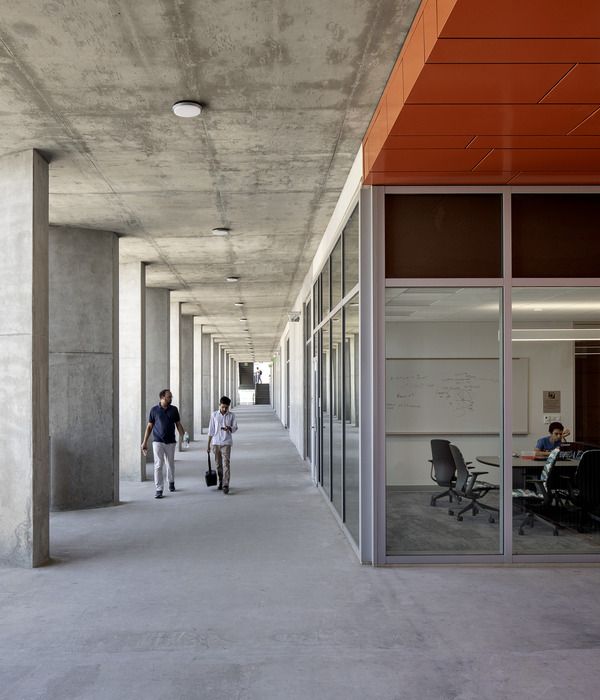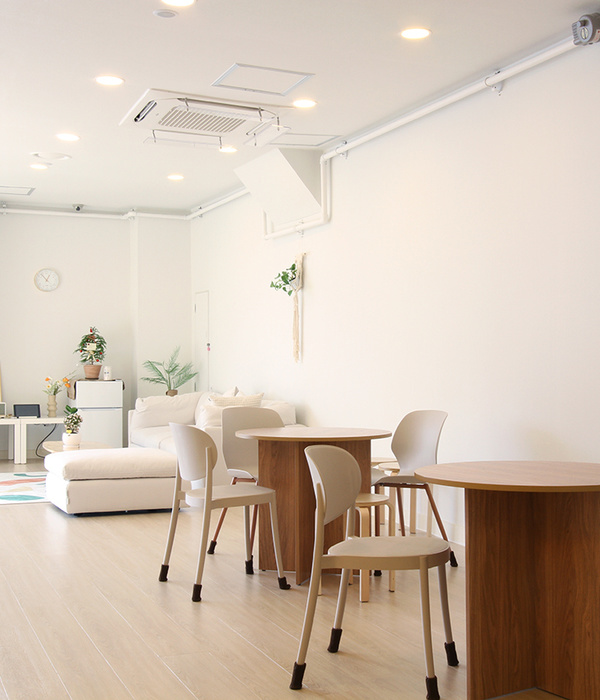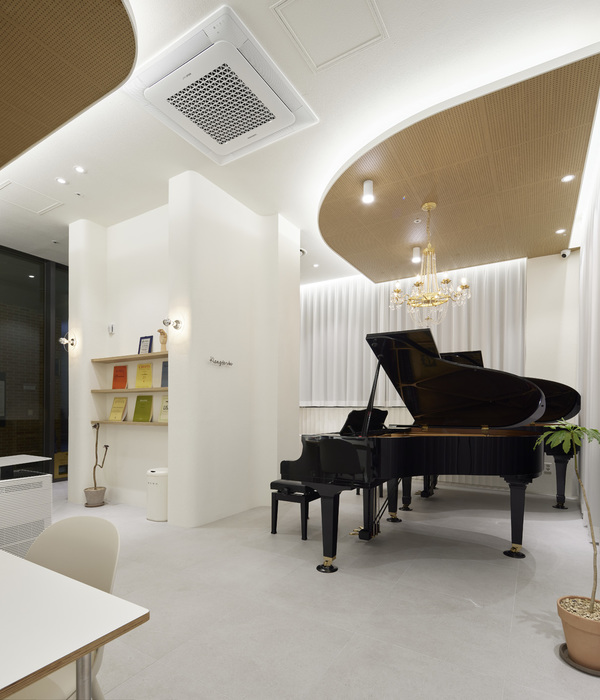解构与重构 | Julie Cockburn 的视觉艺术探索
Title: Telling it Slant
Posted In: Exhibition
Duration: 12 September 2019 to 02 November 2019
Venue: Flowers Gallery
Location: 82 Kingsland Road London E2 8DP United Kingdom
In the internet age we live in, images are disembodied and expandable—bundles of pixels relentlessly streaming across the screens of our smartphones and computers—so there is something edifying in the way London-based artist Julie Cockburn has been painstakingly exploring the physicality of analogue photographs. Inquisitive in nature and meticulous in execution, Cockburn reanimates lost and discarded images by embroidering, painting or reassembling them in order to reveal latent narratives and hidden meanings. Her process, concealment for the sake of exposition, may seem counter-intuitive—she calls it “paradoxical unmasking”—but it’s meant to prod viewers to look behind the façades we put up, challenging the way we perceive each other and the world around us. Cockburn’s delicate craftsmanship and unique visual language was on full display in her latest exhibition, ‘Telling it Slant’ at London’s Flowers Gallery . Inspired by an Emily Dickinson poem-cum-meditation on truth, Tell all the Truth but Tell it Slant , the exhibition showcased a collection of studio portraits and postcard landscapes adorned with laboriously embroidered dazzling polka dots, interlocking geometric grids and kaleidoscopic triangle patterns, intricate beading, vibrant screen printing and gestural flurries of paint . With a comprehensive monograph just out by Chose Commune, and another exhibition on the way, it has been a busy year for Cockburn who recently found some time to chat with Yatzer about her work, interests, and embroidery skills. (Answers have been condensed and edited for clarity.)
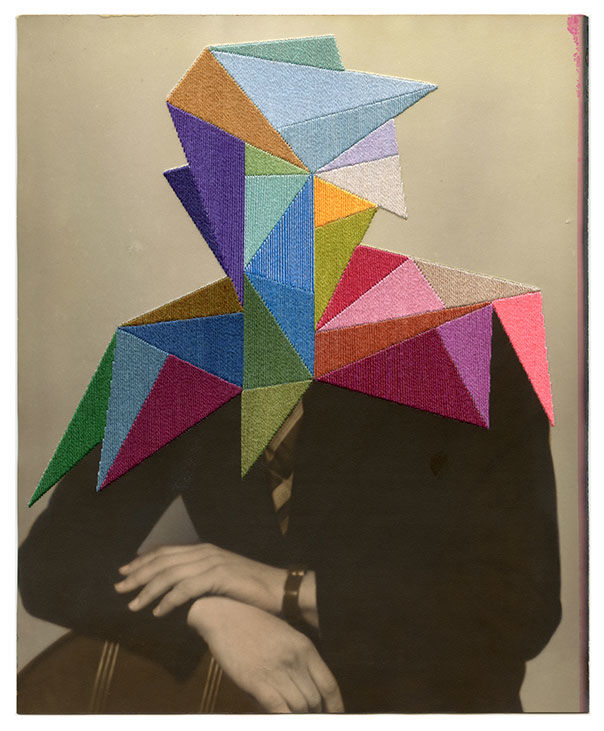
Julie Cockburn, Armour , 2019, Hand embroidery and ink on found photograph. © Julie Cockburn, courtesy of Flowers Gallery.
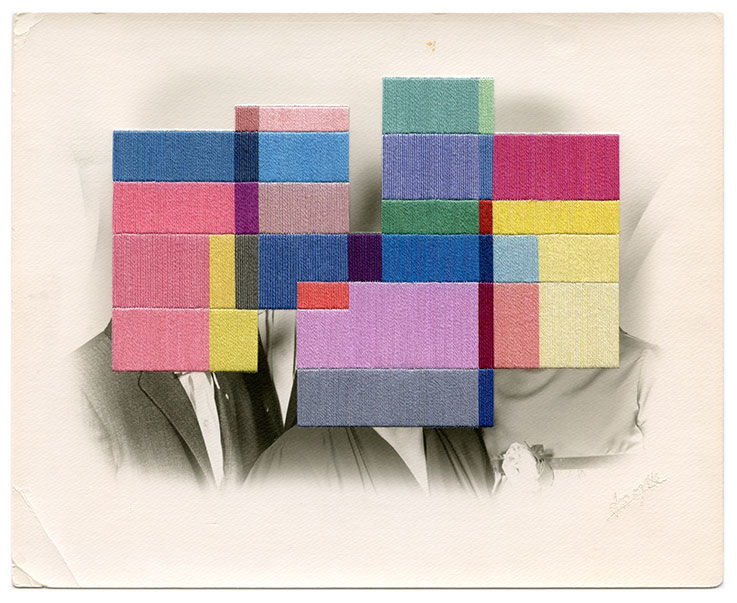
Julie Cockburn, Linchpin , 2019. Hand embroidery on found photograph. © Julie Cockburn, courtesy of Flowers Gallery.
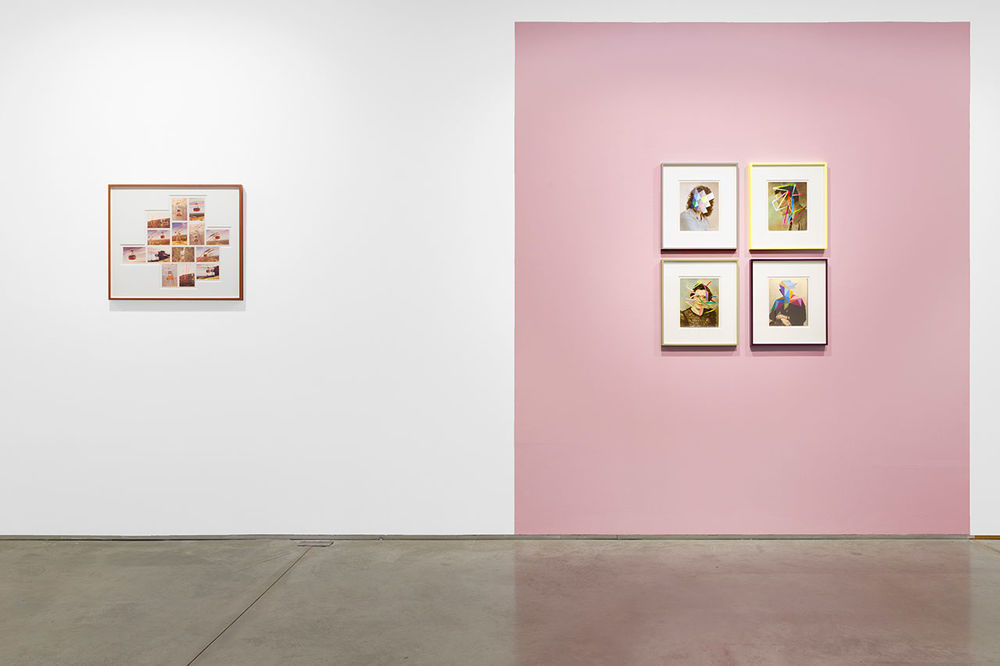
Julie Cockburn - Telling it Slant , Flowers Gallery, London. Exhibition view. Photo © Julie Cockburn, courtesy of Flowers Gallery. How did the concept of turning old photographs into elaborate artworks emerge? I have used photographic images in my work since I was at Central Saint Martin’s College of Art and Design studying for a degree in sculpture. To me, analogue photographs are more than just the image they represent. They are objects, and as we use more digital photography, that ‘objectness’ becomes more apparent. We were taught to use anything and everything as our materials at college, and photographs were my proverbial bronze or plaster. Where do you source the photographs and second-hand objects you use in your work? What are your selection criteria? Do you usually look for particular themes or compositions, or do you spontaneously select those that ‘speak to you’? I tend to find them on Ebay, speciality photographic online stores, junk shops and car boot fairs. If I am looking for something in particular, it’s easier with a search engine to find them online. If I’m in the mood to experiment, junk shops have an array of serendipitous objects and images that might inspire me to make something new. Mountains were prominently featured in your latest work. What is the attraction of this type of landscape? I love all landscape – mountains are regularly photographed, so I can source these images fairly easily. I look for the generic – mountains, lakes, seascapes – those pictures we might have painted as a child.
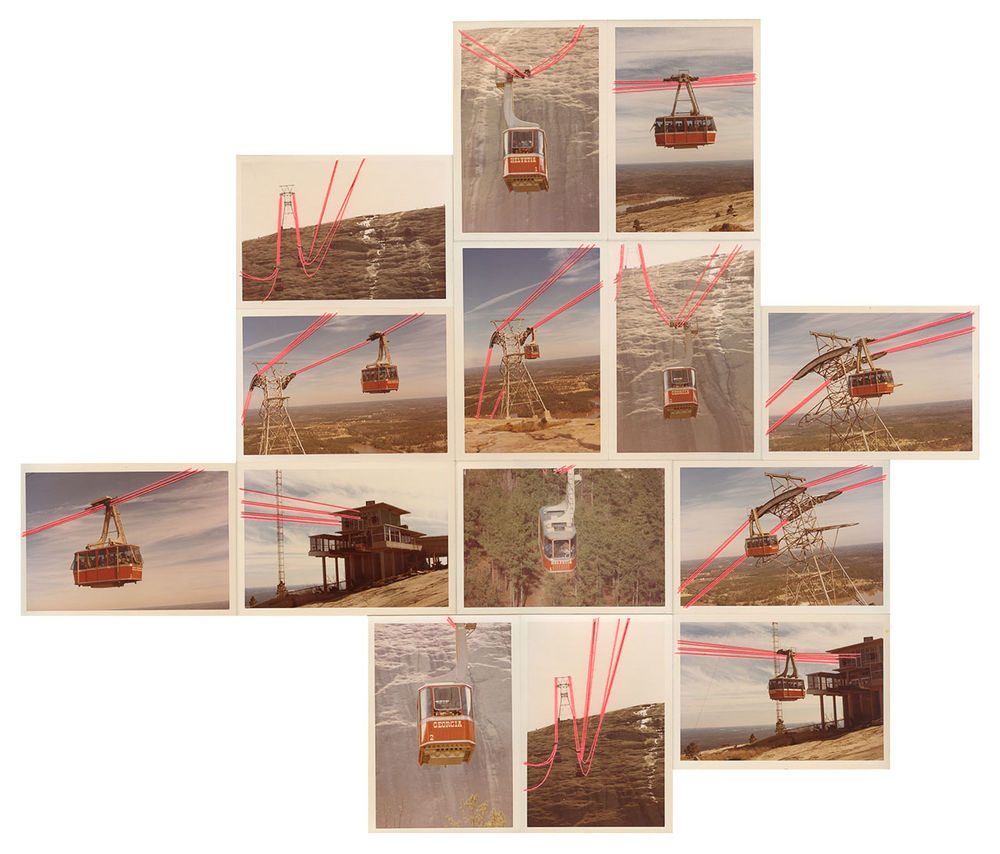
Julie Cockburn, Cable Car , 2019. Hand embroidery and ink on found collaged photographs. © Julie Cockburn, courtesy of Flowers Gallery.
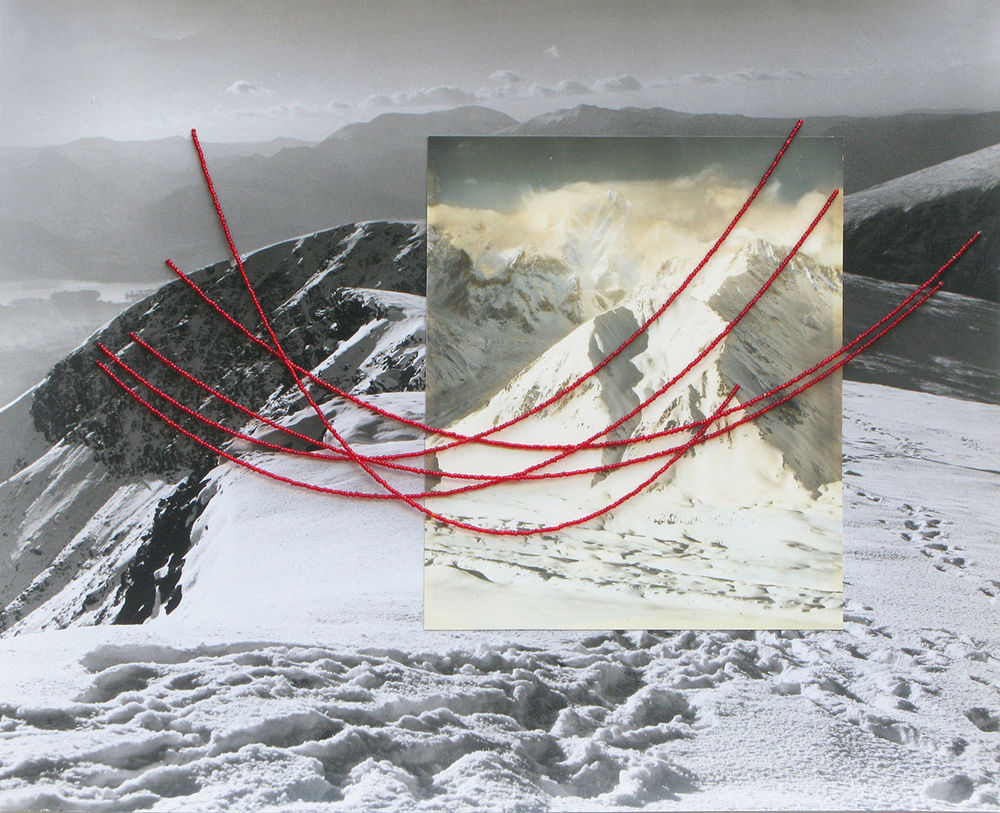
Julie Cockburn, Cirque , 2019. Collaged found photographs with glass beads. © Julie Cockburn, courtesy of Flowers Gallery.
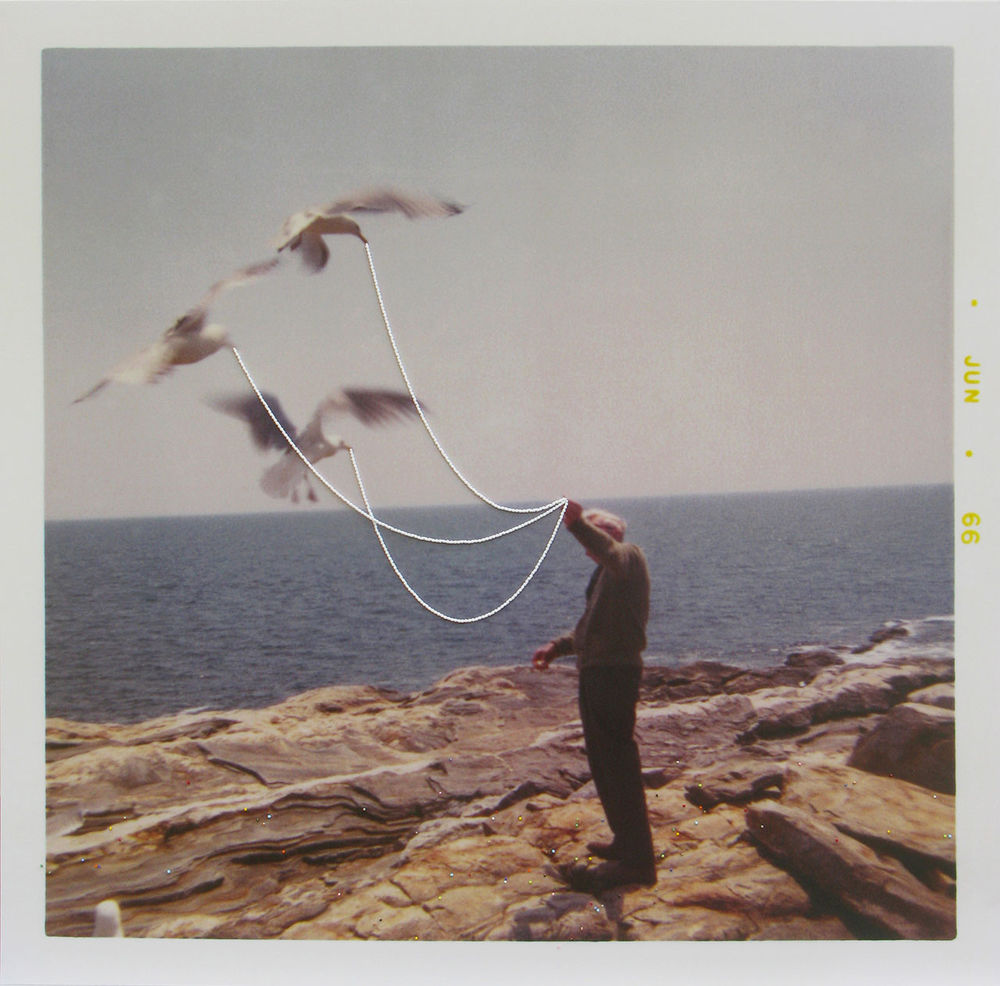
Julie Cockburn, Feed the Birds (Man) , 2019. C type print of found photograph, glass beads. © Julie Cockburn, courtesy of Flowers Gallery.
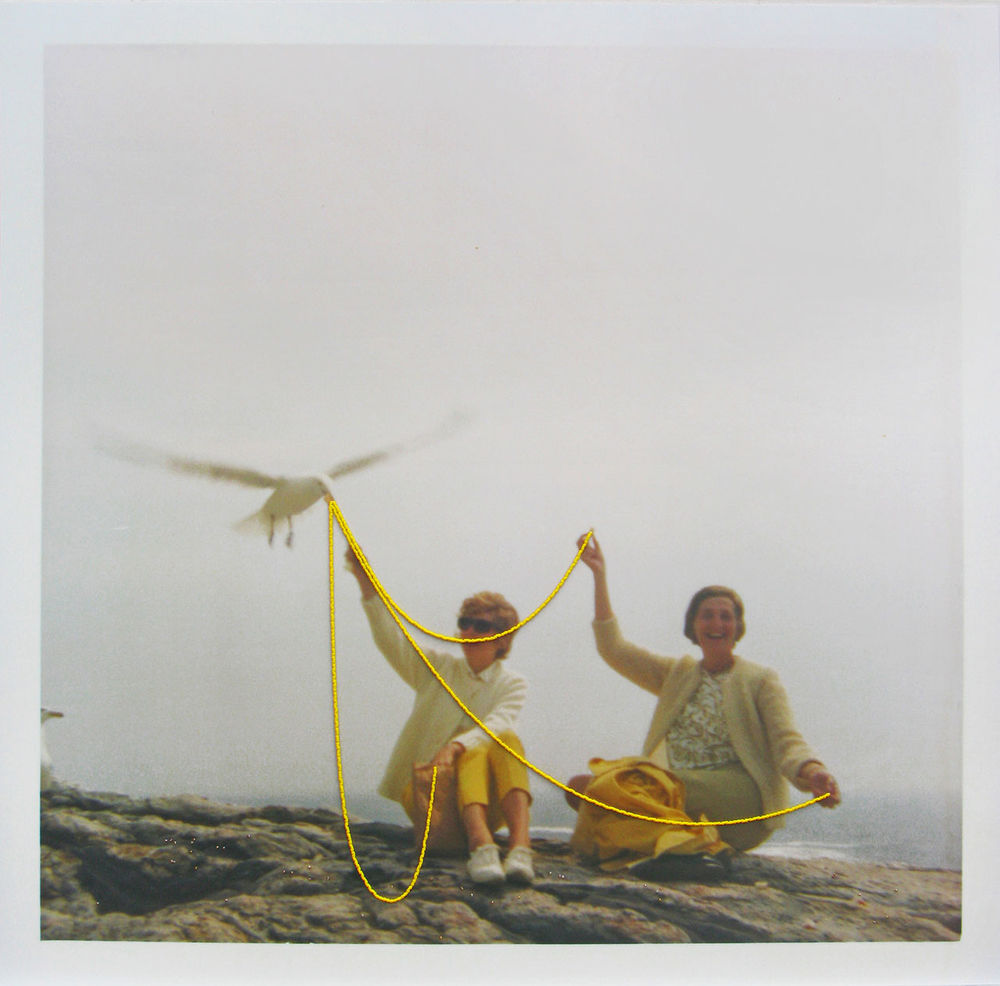
Julie Cockburn, Feed the Birds (Woman) , 2019. C type print of found photograph, glass beads. © Julie Cockburn, courtesy of Flowers Gallery. What prompted you to start embroidering the photographs you collect? Are you self-taught in hand-stitching techniques? How painstaking and time-consuming is the process, especially considering you are embroidering paper? I was taught how to embroider by my grandmother when I was very young, and it’s always been a hobby. When I was experimenting with the juxtaposition of materials, it was a natural step to combine image and thread. Each hand embroidery takes anywhere between five and ten days to complete. It’s time consuming work and surprisingly physically demanding given its intricate nature, so I can only stitch for a limited number of hours a day. Paper is much sturdier than it looks, but I back all of the photos with a fabric layer to add strength and stability. There is something paradoxical in concealing the faces of the people portrayed in your work in order to reveal their intrinsic truth. What is the idea behind this unorthodox process? I am interested in psychology, and, having done a bit of therapy myself, I am aware how much we hide behind the well-known ‘put on your best face’ maxim. I add colourful, abstract masks to my portraits using my own personal visual language in order to open up a conversation about how we might perceive each other. I suppose I’m trying to hint at a process of unmasking that can lead to better relationships. The abstract compositions in your work are underpinned by great precision in design and execution. Even the more expressionistic ‘Blue Face’ series are on close inspection works of extraordinary meticulousness. Besides the aesthetic value, what is the purpose of your diligent attention to detail? I guess I’m a bit of a perfectionist. I love good graphic design and worked for a design studio in the 1990s where I learnt how to use Photoshop. The program has influenced my designs ever since: I scan the physical photos and sketch onto them digitally so as not to ruin the original. I then transfer that design onto the photograph. Each piece I make is informed by something I have made before – what works and what doesn’t. I don’t use embroidery for its traditional decorative qualities; more as a vehicle to add graphic content and different texture to the photographs themselves.
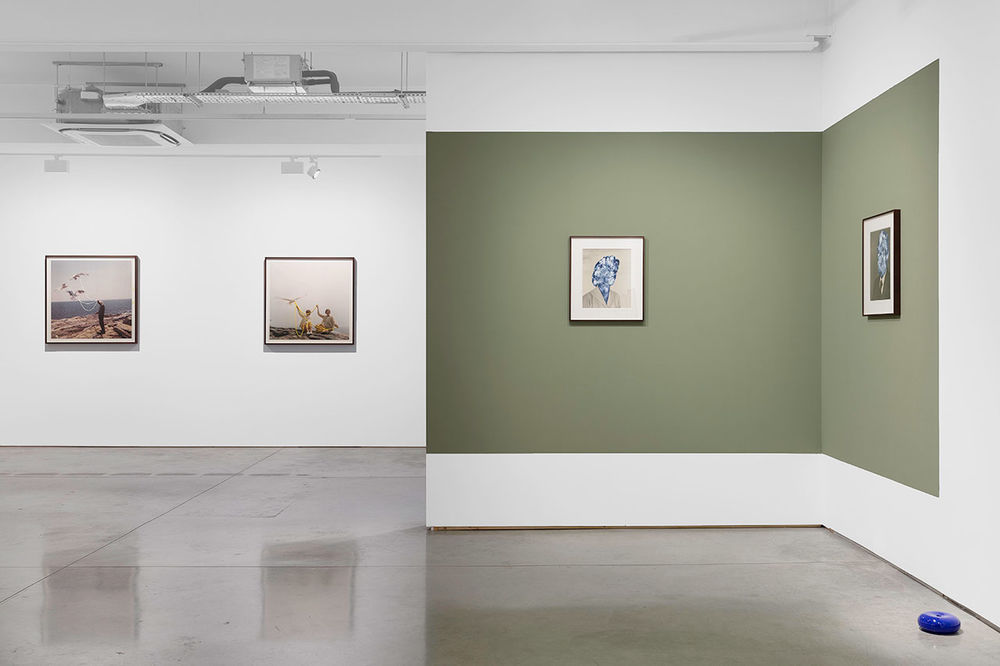
Julie Cockburn - Telling it Slant , Flowers Gallery, London. Exhibition view. Photo © Julie Cockburn, courtesy of Flowers Gallery.
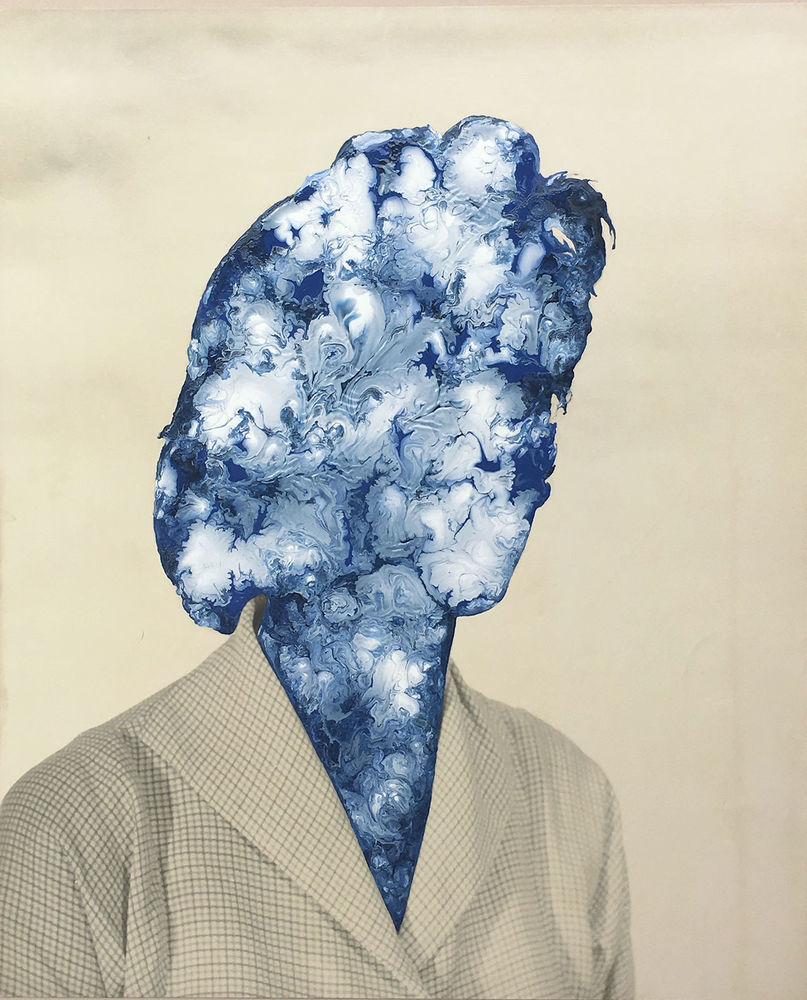
Julie Cockburn, Blue Face (Woman) , 2019. Enamel on found photograph. © Julie Cockburn, courtesy of Flowers Gallery.
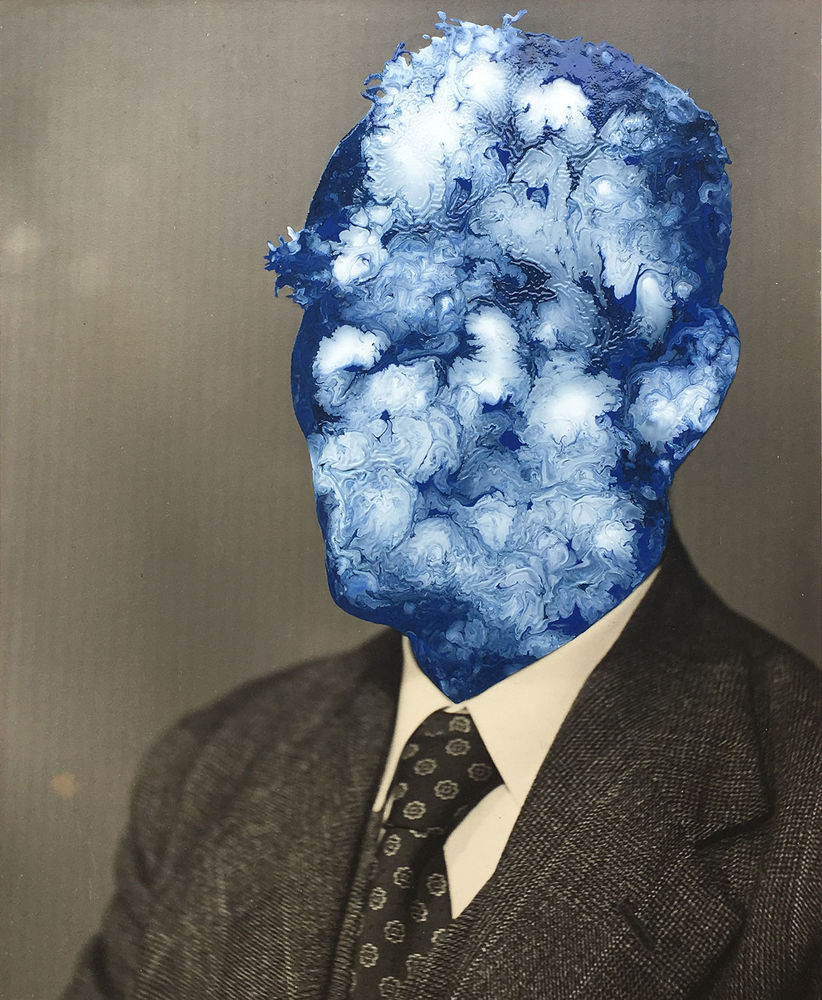
Julie Cockburn, Blue Face (Man) , 2019. Enamel on found photograph. © Julie Cockburn, courtesy of Flowers Gallery.
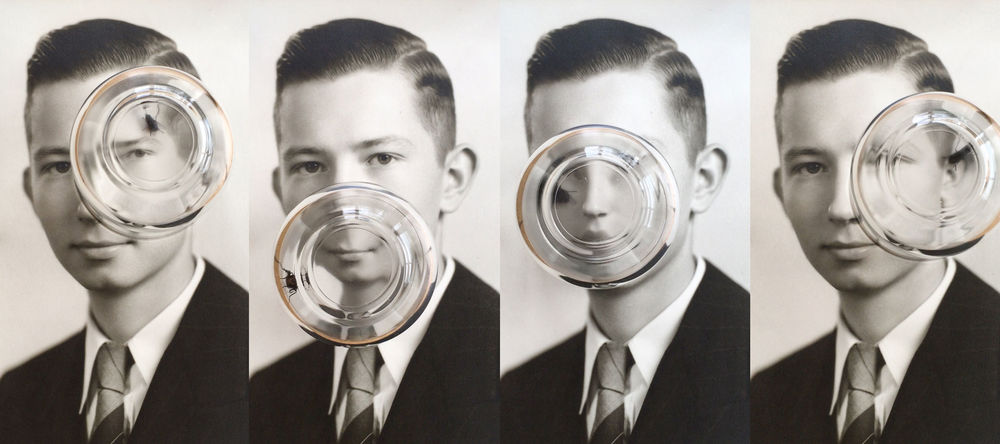
Julie Cockburn, Five Senses (Still) , 2019. Single Channel Video. © Julie Cockburn, courtesy of Flowers Gallery. Your work is underpinned by a bold geometrical sensibility and a penchant for vibrant colours that stand out against the quaint romanticism and faded hues of the original images. Is this juxtaposition purposeful? How did this graphical language evolve? There is something about the photos that is a little too quaint. Their beautiful faded tints, patina, creases and scratches denote their age, and my poppy graphics aim to interrupt the nostalgia and make them meaningful today. I generally work with studio portrait photos from the 1940s, 1950s and 1960s that have a particular quality. The poses, faded colours and plain backgrounds leave me room to add my interventions. In your latest exhibition ‘Telling it Slant’ at Flowers Gallery you are also presenting colourful bead-like glass sculptures that echo the glass beads that adorn several of the images on display. What is the significance of this playful gesture? My work is mainly framed prints, and I like to curate exhibitions that use the whole of an exhibition space. The giant glass beads that I made for the show are graphic punctuation points – they take the viewer on a visual journey around the gallery. I use a lot of circles and dots in my work and these are just three-dimensional versions, I suppose. In my latest exhibition, I showed new work that replaced the embroidery threads with strings of tiny glass beads. In their making, there were many that escaped and were scattered on my studio floor, and I liked the idea of echoing this in the exhibition.
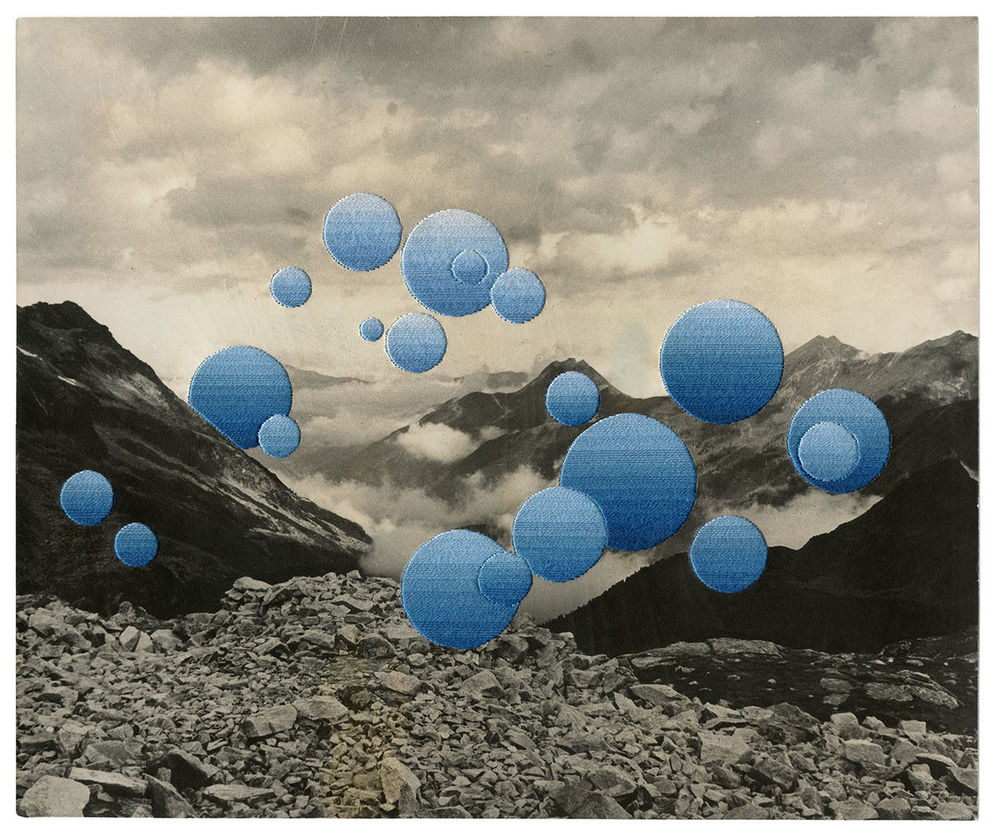
Julie Cockburn, Moonscape , 2019. Hand embroidery on found photograph. © Julie Cockburn, courtesy of Flowers Gallery.
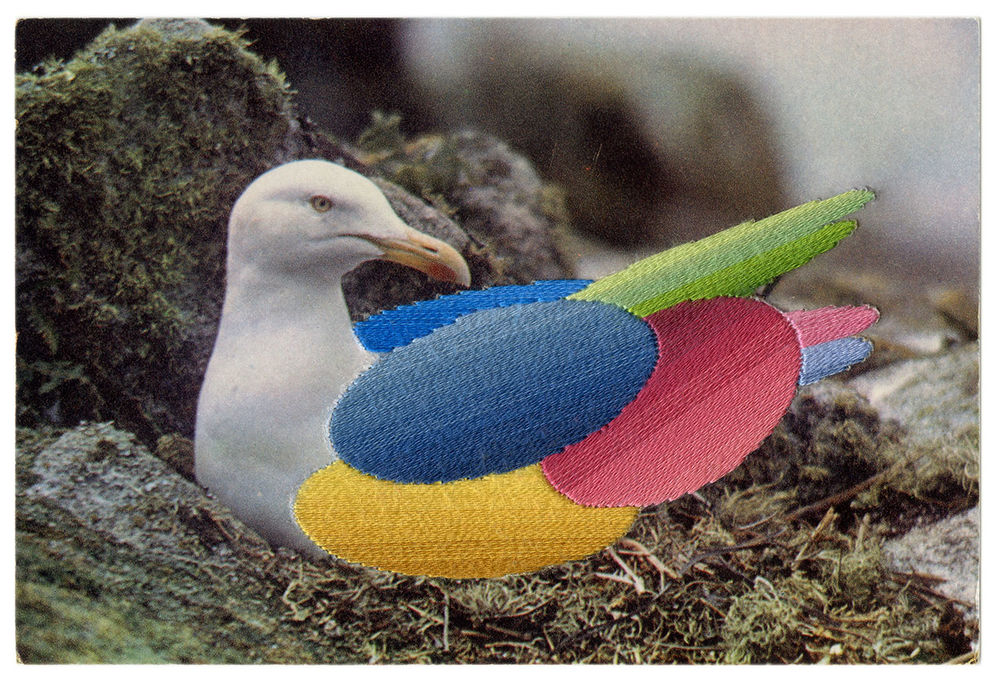
Julie Cockburn, Plumage I , 2019. Hand embroidery on found postcard. © Julie Cockburn, courtesy of Flowers Gallery.
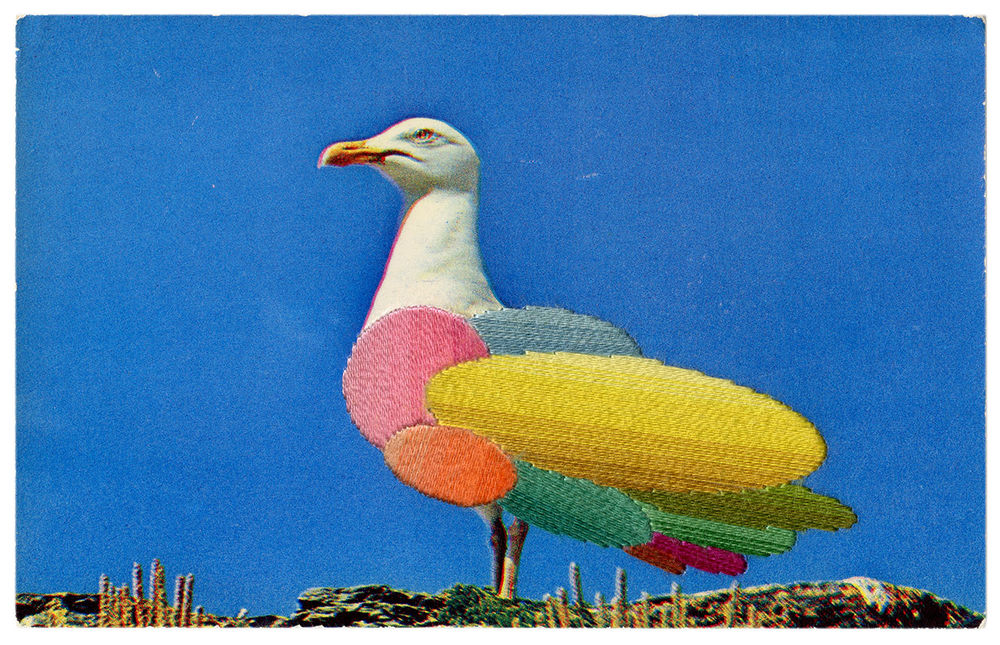
Julie Cockburn, Plumage II , 2019. Hand embroidery on found postcard. © Julie Cockburn, courtesy of Flowers Gallery.
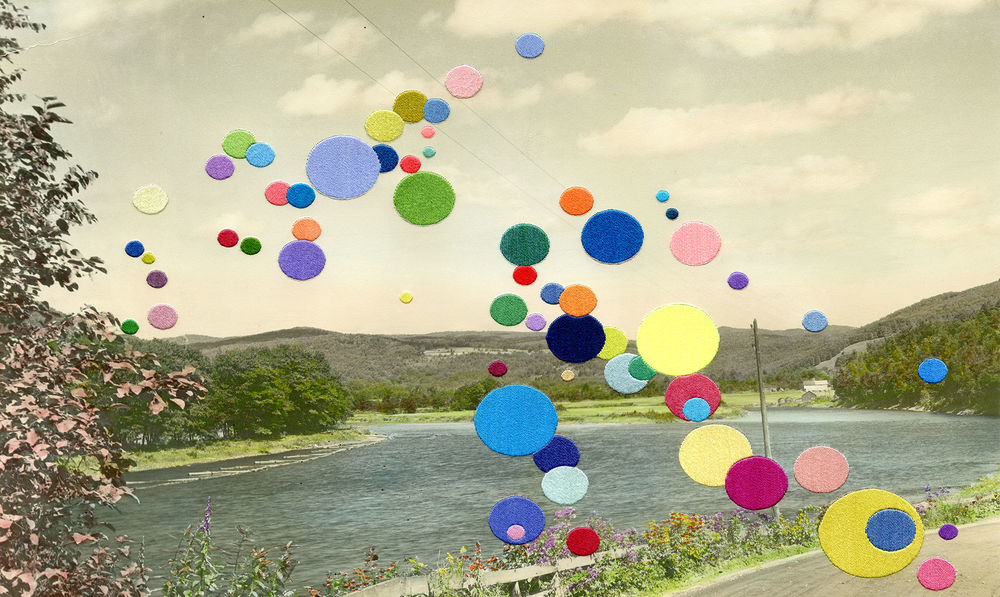
Julie Cockburn, Will O The Wisp , 2019. Hand embroidery on found photograph. © Julie Cockburn, courtesy of Flowers Gallery. You have a monograph of your work that just came out titled “ Stickybeak ”, slang for an inquisitive or prying person, while some of your heroes are fictional sleuths like Miss Marple, Lieutenant Columbo and Margo Leadbetter. Do you consider inquisitiveness to be an integral aspect of artistic creation or does it relate more to your personality? I think being curious is one of the most important attributes to have if one can be inquisitive without being judgemental. It is the key to creativity. My work is more concerned with human nature, the everyman and the everywoman, than the personal details of a particular individual. It’s why I use photos of anonymous people. I find it much harder to work with images of people I know. You’re going to be taking part in the upcoming Paris Photo fair on November 7-10. Tell us a bit about the work you’ll be showing there. I will be showing new embroideries and beaded landscapes. Flowers Gallery often showcase my work at Paris Photo and it’s a wonderful opportunity to get valuable feedback about new and experimental work. Chose Commune, my French publisher will also be showcasing our new book ‘Stickybeak’ at Off-Print in Paris at the same time.
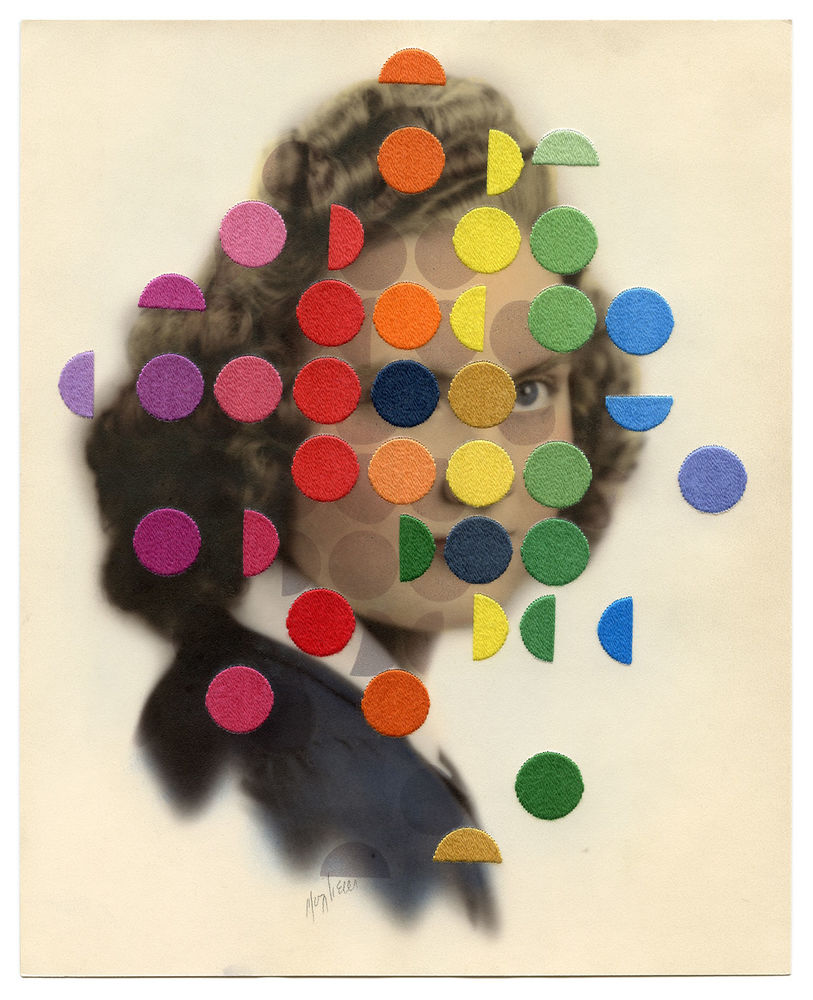
Julie Cockburn, Qualm , 2019. Hand embroidery and inkjet on found photograph. © Julie Cockburn, courtesy of Flowers Gallery.
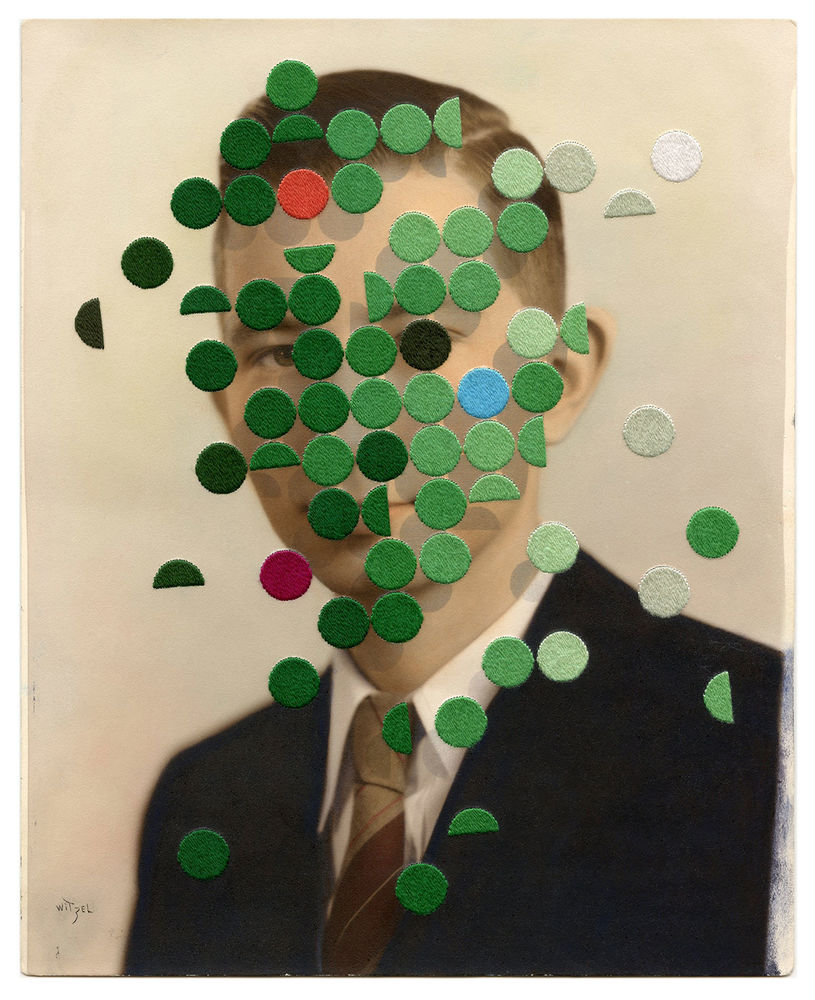
Julie Cockburn, The Ecologist , 2019. Hand embroidery and inkjet on found photograph. © Julie Cockburn, courtesy of Flowers Gallery.
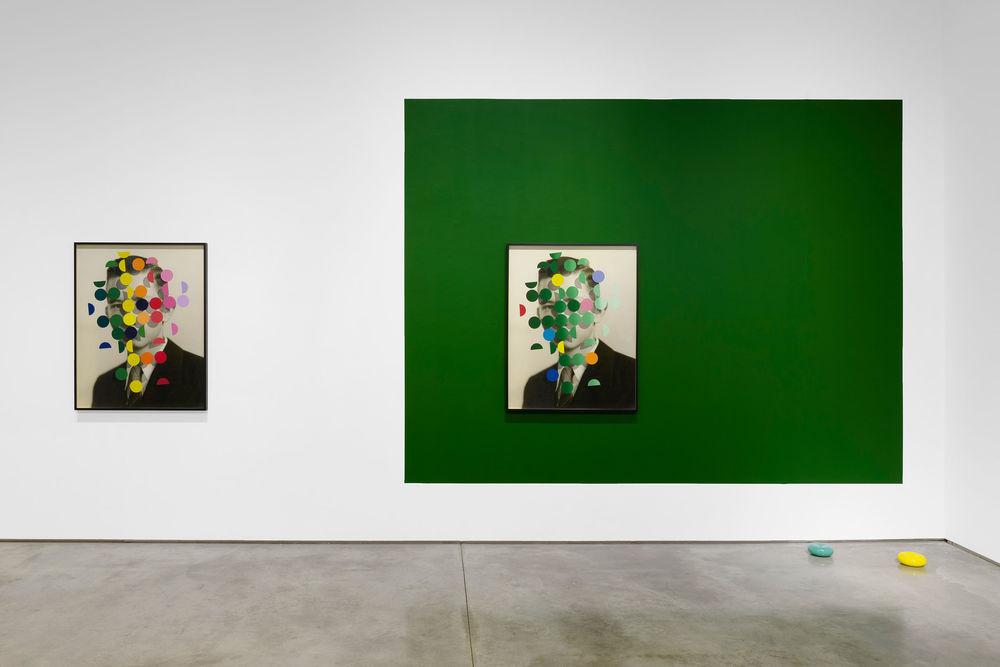
Julie Cockburn - Telling it Slant , Flowers Gallery, London. Exhibition view. Photo © Julie Cockburn, courtesy of Flowers Gallery.






